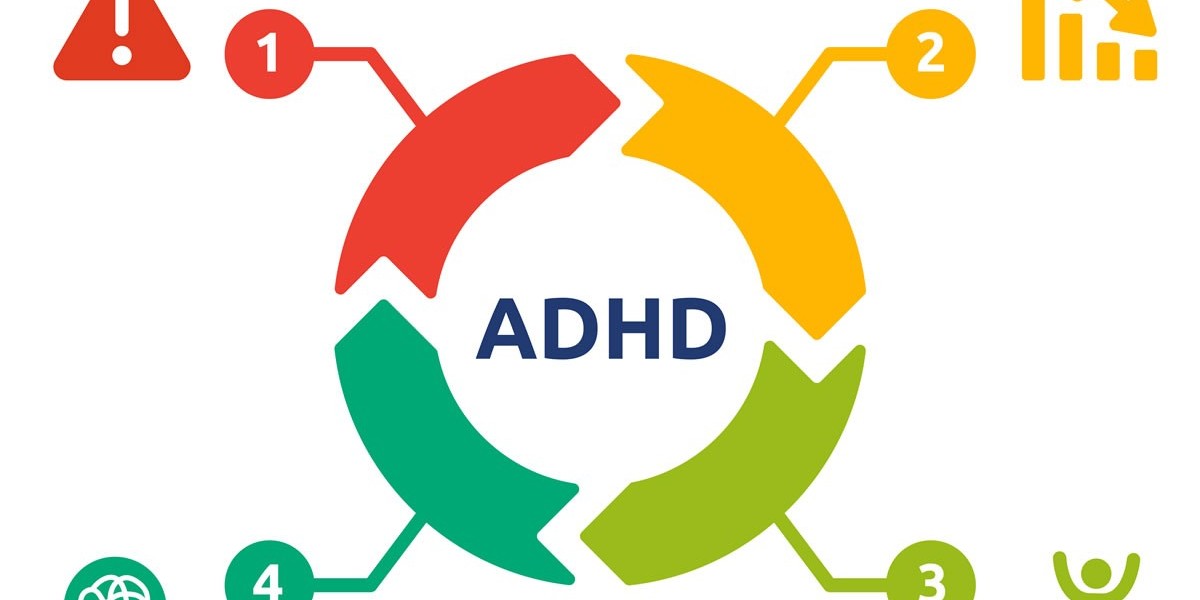Attention-Deficit/Hyperactivity Disorder (ADHD) is a neurodevelopmental disorder characterized by symptoms such as inattention, hyperactivity, and impulsivity. These symptoms can significantly impact daily functioning and quality of life for both children and adults. While medication and behavioral therapies are common treatments, mindfulness practices have emerged as effective complementary strategies for managing ADHD. Mindfulness helps individuals focus on the present moment, reduce stress, and improve emotional regulation. This article explores various mindfulness practices that can help control ADHD symptoms and enhance overall well-being.
Understanding Mindfulness and ADHD
Mindfulness involves paying attention to the present moment with a non-judgmental attitude. It encourages awareness of thoughts, feelings, and sensations as they arise, helping individuals respond to them thoughtfully rather than react impulsively. For those with ADHD, mindfulness can improve concentration, reduce impulsivity, and enhance emotional regulation. By training the mind to focus on the here and now, mindfulness practices can counteract the distractibility and hyperactivity characteristic of ADHD.
Benefits of Mindfulness for ADHD
Research has shown that mindfulness can lead to several benefits for individuals with ADHD:
Improved Attention: Mindfulness training helps improve sustained attention and focus by teaching individuals to concentrate on one task at a time.
Enhanced Emotional Regulation: Mindfulness promotes awareness of emotions, enabling individuals to manage their reactions more effectively and reduce emotional outbursts.
Reduced Anxiety and Stress: Mindfulness practices can lower levels of stress and anxiety, common comorbidities in individuals with ADHD.
Better Impulse Control: Mindfulness encourages a pause before reacting, helping to reduce impulsive behaviors.
Mindfulness Practices for ADHD
Here are several mindfulness practices that can help manage ADHD symptoms:
1. Mindful Breathing
Mindful breathing is a simple yet powerful practice that involves focusing on the breath to anchor the mind in the present moment. This practice can be done anywhere and at any time, making it highly accessible.
How to Practice Mindful Breathing:
Find a quiet place and sit comfortably.
Close your eyes and take a few deep breaths.
Focus your attention on the sensation of your breath as it enters and leaves your nostrils.
If your mind wanders, gently bring your focus back to your breath without judgment.
Practice for 5-10 minutes daily, gradually increasing the duration as you become more comfortable with the practice.
2. Body Scan Meditation
Body scan meditation involves bringing attention to different parts of the body, one at a time, to cultivate a sense of awareness and relaxation.
How to Practice Body Scan Meditation:
Lie down or sit comfortably with your eyes closed.
Take a few deep breaths to relax.
Begin by focusing on your toes, noticing any sensations you feel.
Slowly move your attention up through your body, from your feet to your head, paying close attention to each area.
If you notice tension or discomfort, breathe into that area and try to release it.
This practice can take 10-30 minutes and is especially useful before bedtime to promote relaxation and better sleep.
3. Mindful Walking
Mindful walking combines the benefits of physical activity with mindfulness, helping to ground the mind and body in the present moment.
How to Practice Mindful Walking:
Find a quiet place where you can walk without distractions.
Start walking slowly, paying attention to the sensation of your feet touching the ground.
Notice the movement of your legs, the rhythm of your steps, and the feeling of the air on your skin.
If your mind wanders, gently bring your attention back to the act of walking.
Practice for 10-20 minutes, making it a regular part of your routine.
4. Mindful Eating
Mindful eating involves paying full attention to the experience of eating, from the taste and texture of food to the process of chewing and swallowing.
How to Practice Mindful Eating:
Choose a meal or snack to eat mindfully.
Before eating, take a moment to appreciate the appearance and smell of the food.
Take small bites and chew slowly, paying attention to the taste, texture, and temperature of the food.
Notice the sensations in your body as you eat, including hunger and fullness cues.
Avoid distractions like TV or smartphones during this practice.
This practice can help improve digestion and foster a healthier relationship with food.
5. Mindful Journaling
Mindful journaling involves writing about your thoughts, feelings, and experiences with a focus on the present moment. It can help process emotions and gain insights into patterns of behavior.
How to Practice Mindful Journaling:
Set aside a specific time each day for journaling.
Find a quiet place and choose a journal or notebook that you like.
Begin by writing about your current thoughts and feelings without judgment or censorship.
Reflect on any specific events or experiences from the day and how they made you feel.
Use prompts such as “Today, I noticed...” or “I am grateful for...” to guide your writing.
Regular journaling can provide clarity and reduce mental clutter.
6. Guided Mindfulness Meditation
Guided mindfulness meditation involves listening to a recorded meditation led by an instructor. This practice can be helpful for beginners who need structure and guidance.
How to Practice Guided Mindfulness Meditation:
Choose a guided meditation that suits your needs. There are many available online and through meditation apps.
Find a quiet place to sit or lie down comfortably.
Follow the instructions provided in the guided meditation, focusing on the present moment.
Regular practice can help deepen your mindfulness skills and integrate them into daily life.
Integrating Mindfulness into Daily Life
To maximize the benefits of mindfulness for ADHD, it’s important to integrate these practices into daily life consistently. Here are some tips for incorporating mindfulness into your routine:
Start Small: Begin with short mindfulness practices and gradually increase the duration as you become more comfortable.
Be Consistent: Aim to practice mindfulness daily, even if only for a few minutes. Consistency is key to developing mindfulness skills.
Create a Mindful Environment: Set up a quiet, comfortable space for mindfulness practice free from distractions.
Use Reminders: Set reminders on your phone or place sticky notes around your home to prompt mindfulness practice.
Practice Patience: Developing mindfulness skills takes time and patience. Be kind to yourself and acknowledge your progress, no matter how small.
Conclusion
Mindfulness practices offer a natural and effective way to manage ADHD symptoms. By improving attention, enhancing emotional regulation, reducing stress, and promoting impulse control, mindfulness can significantly enhance the quality of life for individuals with ADHD. Incorporating practices such as mindful breathing, body scan meditation, mindful walking, mindful eating, journaling, and guided meditation into daily routines can provide lasting benefits. As with any skill, regular practice and patience are essential. By embracing mindfulness, individuals with ADHD can gain greater control over their symptoms and lead more balanced, fulfilling lives.








